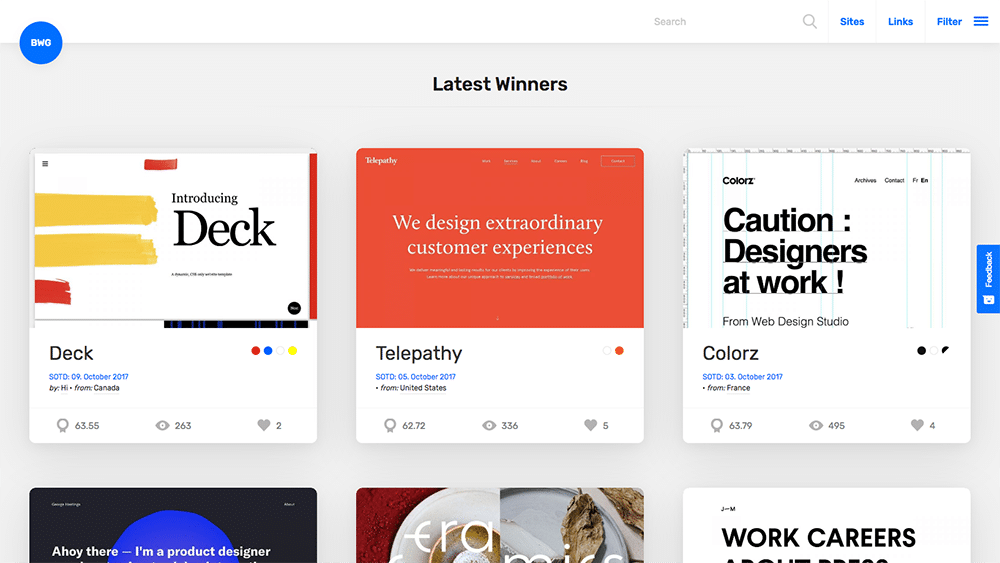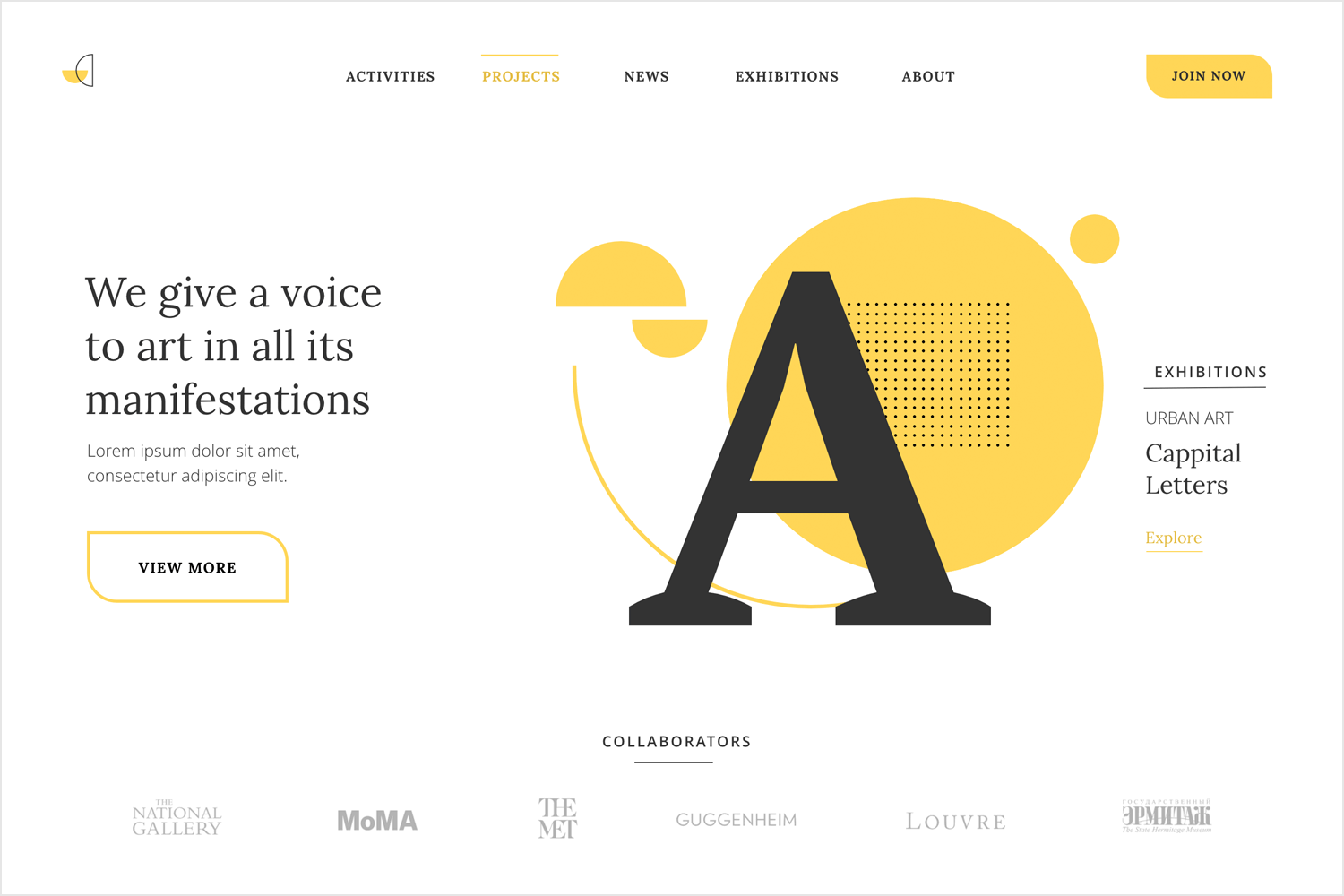How to Improve Your Website Design for More Efficient Loading Times
How to Improve Your Website Design for More Efficient Loading Times
Blog Article
Important Concepts of Site Layout: Producing User-Friendly Experiences
In the world of site style, the creation of easy to use experiences is not just an essential need but an aesthetic pursuit. Necessary principles such as user-centered layout, instinctive navigation, and ease of access serve as the backbone of effective electronic platforms. By focusing on customer needs and choices, developers can cultivate involvement and contentment, yet the ramifications of these principles prolong beyond simple capability. Comprehending how they intertwine can significantly impact a website's total effectiveness and success, triggering a more detailed evaluation of their specific roles and cumulative impact on individual experience.

Value of User-Centered Style
Focusing on user-centered style is necessary for creating effective sites that fulfill the demands of their target market. This strategy puts the customer at the center of the design process, making certain that the site not just operates well yet also reverberates with users on a personal degree. By recognizing the individuals' behaviors, goals, and preferences, designers can craft experiences that promote involvement and contentment.

Additionally, embracing a user-centered design approach can result in enhanced availability and inclusivity, satisfying a diverse target market. By taking into consideration different customer demographics, such as age, technological efficiency, and social histories, developers can produce websites that rate and functional for all.
Ultimately, prioritizing user-centered layout not just boosts customer experience however can likewise drive vital company outcomes, such as raised conversion prices and customer loyalty. In today's competitive digital landscape, understanding and focusing on user requirements is a critical success aspect.
User-friendly Navigating Frameworks
Effective web site navigating is frequently an essential aspect in boosting customer experience. User-friendly navigating structures make it possible for users to find details promptly and successfully, lowering disappointment and increasing engagement.
To produce instinctive navigating, developers need to prioritize quality. Tags should be familiar and detailed to customers, staying clear of jargon or uncertain terms. A hierarchical structure, with main categories leading to subcategories, can additionally help users in recognizing the relationship between different areas of the website.
Furthermore, incorporating visual hints such as breadcrumbs can assist individuals via their navigation course, enabling them to quickly backtrack if required. The inclusion of a search bar additionally improves navigability, granting users guide accessibility to web content without needing to browse through numerous layers.
Flexible and receptive Layouts
In today's digital landscape, ensuring that internet sites operate perfectly throughout different gadgets is essential for customer fulfillment - Website Design. Flexible and responsive designs are 2 vital strategies that allow this capability, accommodating the diverse array of display dimensions and resolutions that individuals might run into
Receptive layouts use fluid grids and flexible images, allowing the website to automatically change its components based upon the screen measurements. This strategy provides a constant experience, where material reflows dynamically to fit the viewport, which is specifically valuable for mobile individuals. By using CSS media queries, designers can create breakpoints that maximize the design for different tools without the demand for separate styles.
Flexible designs, on the various other hand, use predefined layouts for details screen sizes. When a user accesses the site, the web server detects the device and serves the proper layout, ensuring a maximized experience for varying resolutions. This can lead to faster packing times and improved efficiency, as each design is customized to the tool's abilities.
Both receptive and adaptive layouts are essential for improving user interaction and complete satisfaction, ultimately adding to the website's total efficiency in meeting its purposes.
Constant Visual Pecking Order
Developing a regular visual power structure is essential for assisting users through a site's web content. This concept makes certain that information exists in a way that is both intuitive and appealing, permitting individuals to conveniently navigate and comprehend the product. A distinct pecking order utilizes numerous design components, such as dimension, spacing, shade, and contrast, to produce a clear distinction between various kinds of material.

Additionally, regular application of these aesthetic signs throughout the internet site cultivates familiarity and trust. Users can rapidly find out to identify patterns, making their communications more effective. Inevitably, a solid visual power structure not only boosts user experience but also enhances overall website usability, urging deeper engagement and facilitating the wanted actions on a web site.
Availability for All Users
Availability for all individuals is a fundamental aspect of internet site layout that ensures every person, despite their capabilities or impairments, can engage with and gain from on-line content. Creating with accessibility in mind entails implementing techniques that accommodate diverse user needs, such as those with visual, auditory, electric motor, or cognitive problems.
One crucial standard is to abide by the Web Content Ease Of Access Guidelines (WCAG), which offer a framework for producing easily accessible electronic experiences. This consists of utilizing enough color comparison, providing message choices for images, and guaranteeing that navigating is keyboard-friendly. Additionally, utilizing responsive style methods makes sure that web sites work successfully across numerous tools and display sizes, better boosting access.
An additional crucial aspect is the use of clear, succinct language that avoids lingo, making content comprehensible for all customers. Engaging users with assistive modern technologies, such as screen viewers, requires mindful focus to HTML semiotics and ARIA (Easily Accessible Rich Web Applications) roles.
Ultimately, focusing on availability not just fulfills lawful obligations yet additionally expands the target market reach, promoting inclusivity and enhancing individual satisfaction. A commitment to access mirrors a commitment to developing equitable electronic environments for all customers.
Final Thought
Finally, the essential concepts of internet site layout-- user-centered design, intuitive navigating, receptive layouts, consistent visual power structure, and ease of access-- jointly contribute to the creation of straightforward experiences. Website Design. By focusing on user requirements and making sure that all people can properly involve with the site, developers enhance use from this source and foster inclusivity. These concepts not only improve individual contentment yet additionally drive favorable company end results, inevitably demonstrating the critical significance of thoughtful website style in today's digital landscape
These approaches provide vital insights right into individual expectations and pain factors, making it possible for designers to customize the web site's features and content as necessary.Reliable internet site navigating is commonly an important aspect in enhancing individual experience.Establishing a constant visual pecking order is pivotal for directing customers through an internet site's web content. Eventually, a strong aesthetic pecking order not only improves individual experience however likewise boosts general site use, urging deeper interaction check that and assisting in the preferred activities on a website.
These principles not just improve customer satisfaction however likewise drive positive organization results, eventually showing the vital relevance of thoughtful site style in today's digital landscape.
Report this page